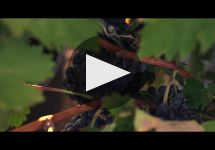Bodegas Lan Vina Lanciano Reserva 2019
- Decanter
-
James
Suckling -
Wilfred
Wong -
Wine
Spectator



Product Details
Your Rating
Somm Note
Winemaker Notes
Bright red cherry color. Wide range of well-defined aromas of ripe red fruit with violet nuances, thyme, cinnamon, and graphite. On the palate it is intense, very expressive but at the same time very balanced. It shows great fruit character and a long finish.
Blend: 89% Tempranillo, 9% Graciano, 2% Mazuelo
Professional Ratings
-
Decanter
Bright garnet hue with purple edges. Aromas of rose and violet alongside expressive redcurrant freshness. The youthful palate is full-bodied and fleshy, with red plums and fine-grained tannins. The finish is lively with spice, bright acidity, black pepper and a leathery note at the end. The alcohol feels warm but is balanced at 13.7%. Spends 16 months in French oak (half new and one-year-old), followed by nine months in concrete tank and 12 months of bottle age.
-
James Suckling
Blackberries, dark plums and touches of pine cones, hazelnuts and chocolate on the nose. Medium- to full-bodied on the palate, with a mouthful of melted, powdery tannins. Lengthy finish to close. Still structured, and the oak spice and creaminess are evident.
-
Wilfred Wong of Wine.com
I have enjoyed the Bodegas Lan wines over the past decade and find them generous and delicious. The 2019 Vina Lanciano Reserva stays long and lovingly on the palate. This wine offers aromas and flavors of fragrant spices, savory oak, and notes of licorice. Enjoy it with a grilled, well-marbled ribeye. (Tasted: January 6, 2025, San Francisco, CA)
-
Wine Spectator
This supple red is medium-bodied and well-integrated, with fragrant notes of licorice, bay leaf, eucalyptus and graphite accenting flavors of juicy black cherry, plum skin and loamy earth. Light, taut tannins firm the fresh finish. Tempranillo, Graciano and Mazuelo. Drink now through 2030.
Other Vintages
2017-
Wine
Spectator -
Wilfred
Wong -
James
Suckling
-
James
Suckling -
Wine
Spectator
-
Wilfred
Wong -
James
Suckling -
Wine
Spectator
- Decanter
-
Wilfred
Wong
-
Wine
Spectator
-
Wine
Spectator


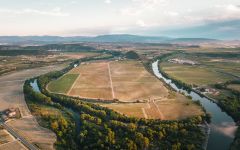

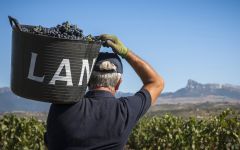
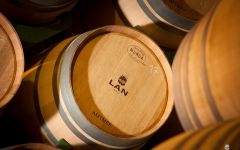
Founded in 1972, Bodegas LAN lies in the heart of Rioja Alta. The name LAN comes from the initials of the three provinces of the Rioja Designation of Origin: Logroño, Álava and Navarra. María Barua has been the head winemaker and technical director since 2002, and brings both scientific expertise (with an academic background in chemistry in addition to her oenology degree) and local knowledge (having been born and raised in Rioja). Together with her young and energetic team, María focuses on using the latest advances in winemaking to ‘express the virtues of the land’.
The estate farms its Tempranillo, Mazuelo, Graciano and Garnacha vineyards sustainably. The Viña Lanciano vineyard is one of the most spectacular vineyards in the region, located on a bend of the River Ebro. The vineyard’s poor, stony soils and the average vine age of 60 years are both conducive to low yields. The vines are divided into 24 plots of different soils, grape varieties and aspects so that each can be hand-picked at perfect ripeness. In the winery, there is a rigorous selection process to ensure that only perfect bunches are used. Bodegas LAN also painstakingly select and test their oak barrels and have even pioneered a hybrid barrel - American staves with French oak heads - which they feel imparts the best characteristics of both types of oak on a wine.
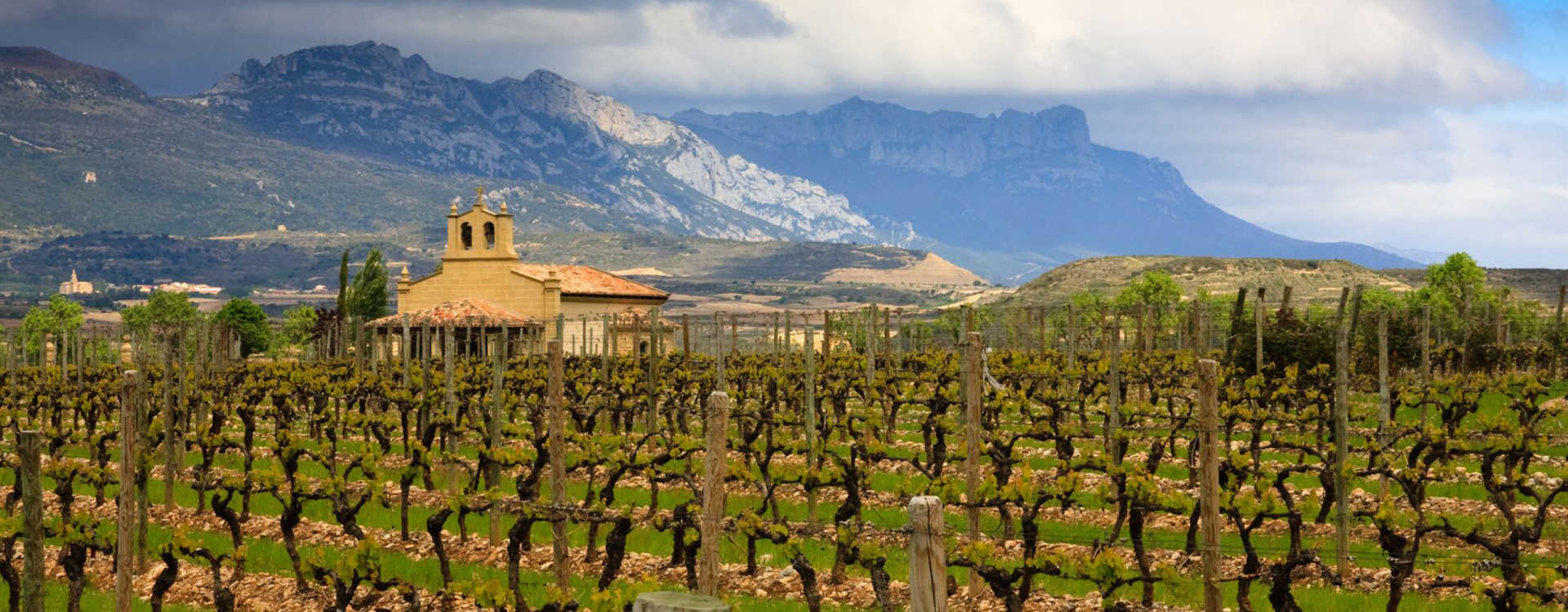
Hailed as the star red variety in Spain’s most celebrated wine region, Tempranillo from Rioja, or simply labeled, “Rioja,” produces elegant wines with complex notes of red and black fruit, crushed rock, leather, toast and tobacco, whose best examples are fully capable of decades of improvement in the cellar.
Rioja wines are typically a blend of fruit from its three sub-regions: Rioja Alta, Rioja Alavesa and Rioja Oriental, although specific sub-region (zonas), village (municipios) and vineyard (viñedo singular) wines can now be labeled. Rioja Alta and Alavesa, at the highest elevations, are considered to be the source of the brightest, most elegant fruit, while grapes from the warmer and drier, Rioja Oriental, produce wines with deep color, great body and richness.
